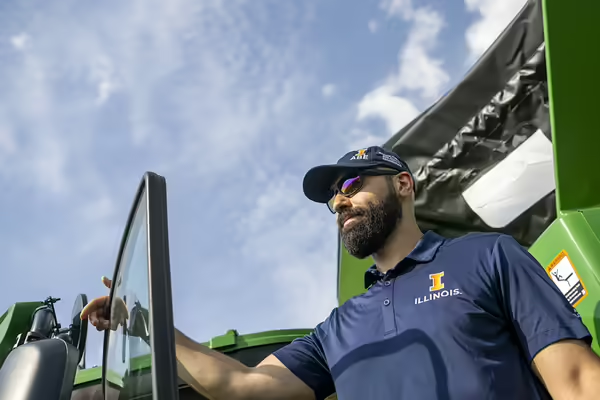
URBANA, Ill. — Agricultural occupations are hazardous with one of the highest rates of workplace injuries and fatalities in the U.S. The manual and often strenuous nature of the work, combined with the use of machinery and exposure to environmental hazards create a challenging work environment. Understanding the nature and causes of injuries can help improve safety guidelines and policy measures. However, obtaining a comprehensive overview of injuries is hindered by the absence of a central reporting system. Two new papers from the University of Illinois Urbana-Champaign provide a systematic review of academic literature on agricultural injuries in the U.S. and globally.
“When it comes to agriculture, there's no single source for injury data. In other occupations, work injuries in the U.S. must be reported to the Occupational Safety and Health Administration, but farm work is often exempt from these requirements because many farms are small and have less than 10 full-time employees,” said Salah Issa, an assistant professor in the Department of Agricultural and Biological Engineering and an Illinois Extension specialist; both units are part of the College of Agricultural, Consumer and Environmental Sciences at Illinois. ABE is also part of The Grainger College of Engineering at Illinois.
“There have been a lot of grassroots efforts to track surveillance data, but they are based on different methods so it’s hard to get a complete look at agricultural injuries. Our work combines results into one large dataset, providing a comprehensive overview of previous research,” Issa explained.
Read the full release from the College of ACES.
Illinois Extension leads public outreach for University of Illinois by translating research into action plans that allow Illinois families, businesses, and community leaders to solve problems, make informed decisions, and adapt to changes and opportunities. Illinois Extension is part of the University of Illinois Urbana-Champaign College of Agricultural, Consumer and Environmental Sciences.